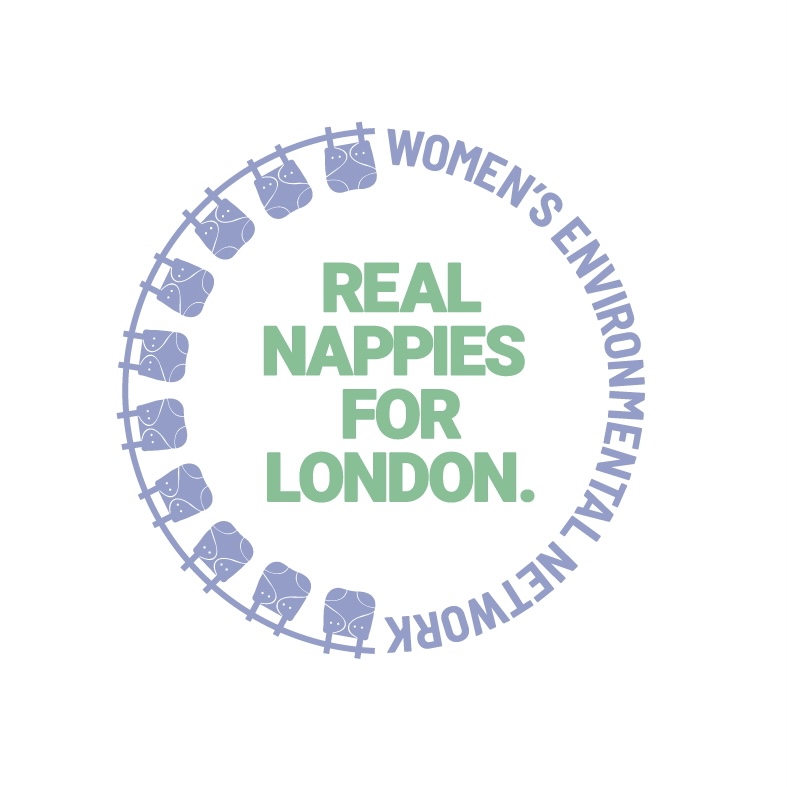WHY REUSABLE NAPPIES
Better for Baby
A wet nappy does not cause nappy rash. A soiled nappy causes nappy rash, as does teething, illness or change of diet. Change your baby every few hours to prevent nappy rash. Disposable nappies are made of super-absorbent chemicals, paper pulp and plastics while reusable nappies are made up of mostly natural fabrics like bamboo, hemp or cotton. Babies that wear nappies that get wet, such as cotton or bamboo are stimulated to experiment with bladder control and tend to potty and night train more easily than babies that wear ‘stay-dry’ nappies.
Better for You
Research showed a saving of up to £1,000 compared to buying disposables nappies. You can make even more savings by buying reusable nappies second-hand or using nappies on subsequent children. The following table is a scenario of savings made from reusable nappies.
| Type of Nappy | Cost Per Nappy | Weekly Cost | Upfront Cost | Total Cost (Over 130 Weeks) |
|---|---|---|---|---|
| Standard Disposables | 15p | £6.30 | 0 | £819 |
| Eco Disposables | 25p | £10.50 | 0 | £1,365 |
| Reusable Nappies | depends on type of nappy | £1.63 * | £120 - £300 | £331.90 - £511.90 |
* £1 per week on washing, 63p on disposable liners, if used.
Better for London
On average, 128,000 babies are born in London every year. If each of them used at least 4,000 single-use nappies over 2.5 years, 512 million nappies would be wasted over that time, with most going to incineration. Using reusable nappies means less waste. Even if you just use them occasionally, you are still making a difference. By using just one reusable nappy in place of a disposable every day can save a staggering 912 nappies from landfill or incineration – all from just one baby!
Eco Fashion
Not only are reusable nappies good for the environment, they also look great! You can make a difference by showing your baby off wearing a reusable nappy. #MakeClothMainstream
Research shows that if you think you are the only one using reusable nappies you are much more likely to stop using them. Meet up with other local parents who use them – you will probably find you have a lot in common. Congratulate them on their great choice. Visit our Get Involved and Events Diary for opportunities to promote reusable nappies and meet up in-person.
Encourages Earlier Potty Training
Since the dominance of disposable nappies, children are potty training at three rather than two years old or even younger. When your baby is changed from a wet cotton nappy to a dry one they feel the difference, it stimulates their curiosity about cause and effect and they start to experiment with holding and releasing their bladder – thus developing the necessary muscles. You will then see the signs that they are ready to potty train. Some manufacturers are even marketing “wet feel” disposable nappies to help with potty training – when reusable nappies already perform this function!
